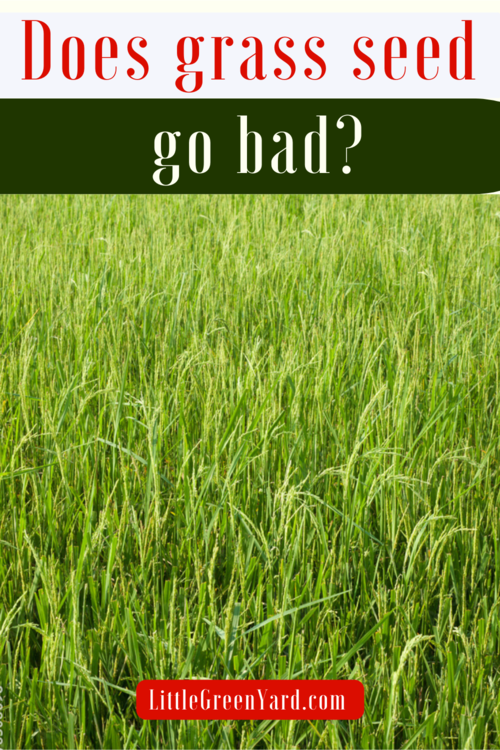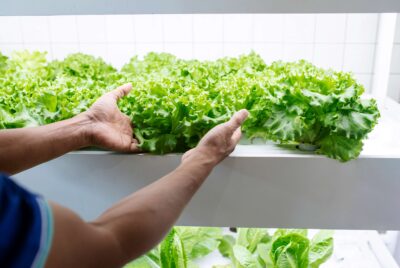Do grass seeds go bad?
As a gardening enthusiast and advisor, one common question I often come across is, “Do grass seeds go bad?” Many people wonder about the shelf life of grass seeds and how long they can be stored without losing their viability. In this article, we’ll explore the factors that affect seed viability, understand the shelf life of grass seeds, and discover ways to extend their lifespan.
Factors Affecting Seed Viability
The viability of grass seeds is influenced by several factors. Moisture content plays a crucial role, as high moisture levels can lead to seed deterioration and mold growth. Likewise, extreme temperatures can affect seed viability, with excessively hot or cold conditions damaging the embryos. Oxygen exposure is another factor to consider, as exposure to air can cause seeds to lose their vigor over time. Additionally, the quality of the seeds themselves, including genetic factors, can impact their longevity.
Understanding Seed Viability
Seed viability refers to the ability of a seed to germinate and grow into a healthy plant. Germination rates and viability testing are commonly used to assess the quality of seeds. Seeds with high viability have a greater chance of sprouting successfully. However, it’s important to note that some seeds exhibit dormancy, which means they have natural mechanisms that delay germination until specific conditions are met.
Shelf Life of Grass Seeds
The shelf life of grass seeds can vary depending on the type of grass and the specific conditions in which they are stored. On average, most grass seeds have a shelf life of 2 to 3 years if stored properly. However, some seeds, such as those of annual grasses, may have a shorter lifespan. It’s essential to understand the factors that influence seed longevity to ensure optimal storage conditions.
Signs of Seed Degradation
Determining the viability of grass seeds can be done through visual indicators and germination tests. Visually, degraded seeds may appear discolored, shriveled, or damaged. When conducting a germination test, reduced germination rates indicate a decline in viability. If a significant number of seeds fail to sprout, it may be an indication that the seeds have gone bad.
Extending the Lifespan of Grass Seeds
To maximize the lifespan of your seeds, proper harvesting, packaging, and storage techniques are crucial. Harvesting seeds when they are fully mature and dry can improve their viability. Packaging the seeds in airtight containers, such as glass jars or resealable bags, and labeling them with the date and type of seed helps maintain their quality. Storing the seeds in a cool, dry, and dark location, such as a refrigerator or a cool basement, protects them from moisture and temperature fluctuations.
Testing Seed Viability
If you are unsure about the viability of your grass seeds, you can perform a simple germination test at home. Place a sample of seeds on a damp paper towel or in a container with moist soil and observe their germination rates over a specific period. Alternatively, professional seed testing services can provide accurate viability assessments through specialized laboratory procedures.
Reviving Old Grass Seeds
Sometimes, you will come across old grass seeds that you would like to use. While the viability of these seeds may have decreased over time, there are methods to improve their germination rates. Pre-soaking the seeds in water or subjecting them to scarification (lightly scratching the seed coat) can enhance their germination potential. Creating optimal conditions for germination, such as providing adequate moisture, warmth, and light, can also help stimulate the growth of old seeds. Once the seeds have sprouted, proper seedling care and maintenance are crucial for their long-term success.
Last words
In conclusion, it is true that grass seeds can go bad over time, but their lifespan can be extended through proper storage and handling. Factors such as moisture, temperature, oxygen exposure, and seed quality influence seed viability. Understanding the shelf life of your seeds and signs of degradation can help gardeners make informed decisions. By implementing appropriate storage techniques, testing seed viability, and using specific methods to revive old seeds, enthusiasts can maximize their chances of successful germination and enjoy lush, healthy lawns.





